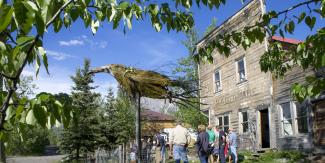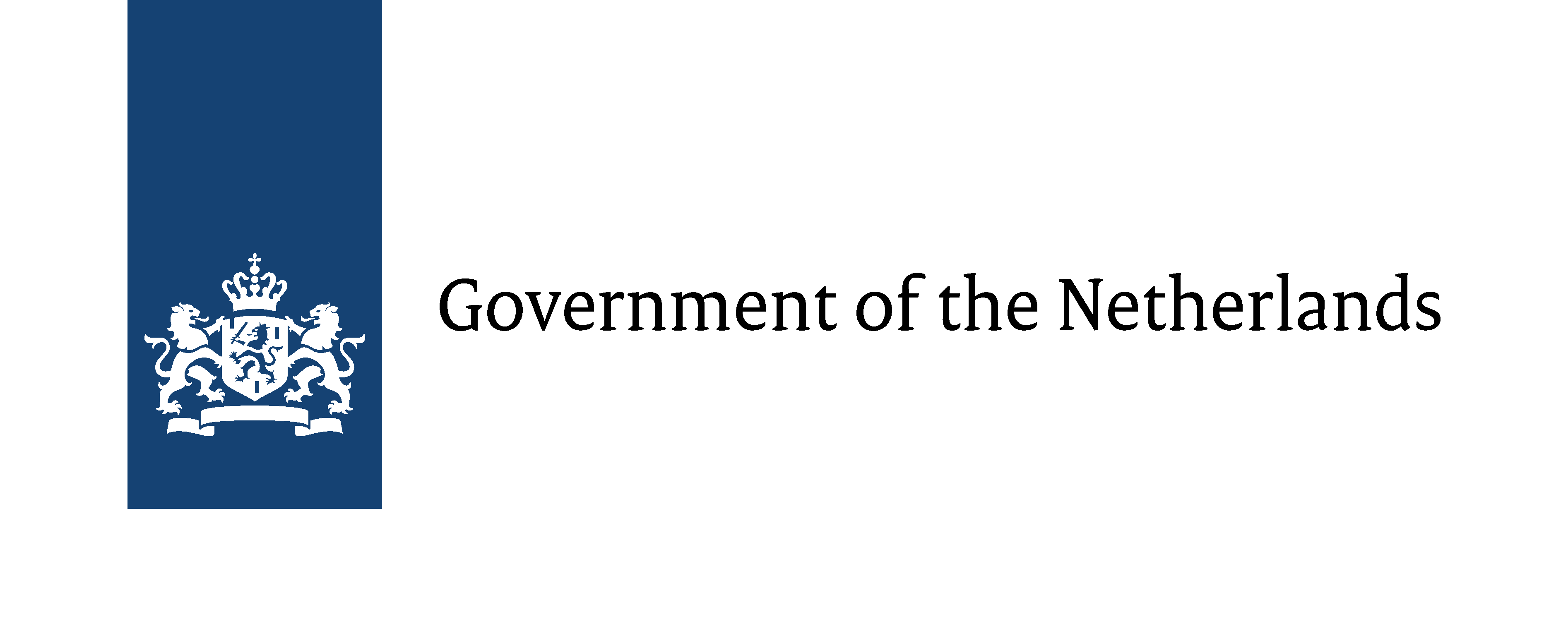
Wrangell Mountains Center
The Wrangell Mountains Center (WMC) is a nonprofit organization whose mission is connecting people with wildlands through art, science, and education in the Wrangell Mountains. The Wrangell Mountains Residency Program aims to support artists of all genres, writers, and inquiring minds. Our organization and community will provide a unique and rustic workspace located in heart of the nation’s largest national park. We invite applicants with creative and inquisitive minds who will both add to and benefit from the interdisciplinary efforts at our community hub in McCarthy, Alaska and the surrounding Wrangell-St. Elias National Park and Preserve.
Artists and writers of all genres and stages in their careers are encouraged to apply for 1 of several 2-week residencies. The WMC will make selections through a competitive admissions process. We hope to encourage emerging and mid-level career voices as well as mature professionals. Selected artists will receive room and board for their entire stay in exchange for community outreach or the donation of artwork as a result of the residency. During the residency, the artist will be asked to share their experience with the public by demonstration, talk, or other means. The presentation will depend on the artist’s medium, interests, and experience. This exchange component will be outlined before resident arrival but may be revised on-site. The WMC will assist with arranging transportation (within Alaska) if needed.
One goal of the residency program is for artists and writers to share their work with the community. Examples of such outreach include giving a slide lecture, teaching a short workshop, and/or having a public performance or exhibit.
Each resident will be provided with a private and furnished live/work space. The smaller of the two is a cozy 12’ x 12’ standalone cabin with a small wood burning stove, desk, and twin size bed. The slightly larger studio is located on the second floor above a small workshop and includes a small propane heater, work tables, and queen size bed.
Each resident will be provided with a private and furnished live/work space. The smaller of the two is a cozy 12’ x 12’ standalone cabin with a small wood burning stove, desk, and twin size bed. The slightly larger studio is located on the second floor above a small workshop and includes a small propane heater, work tables, and queen size bed. There is an outhouse located just a few paces from both spaces. The studios are not equipped with electricity, but the long Alaskan summer days provide ample natural light for many hours and small electronics can be charged on our solar power system at the OHS. Residents will have access to common areas on campus and simple, healthy meals (mostly vegetarian) will be provided and shared communally with WMC staff, students, and visitors.
The remote location limits the ability of visitors to obtain many goods and services in the area. Participants should come prepared with all the necessary research materials and art supplies since they are not available for purchase locally. Please communicate specific needs for the residency period to ensure enjoyment and productivity. Internet access can be purchased on a personal computer, but the ability to charge electronic devices is dictated by solar power availability, which can be limited in inclement weather. Laundry opportunities are available.
They operate in a rural and rustic location off-the-grid. Power is limited and supplied by generator or solar. Internet is available but can be slow at times.
The Wrangell Mountains Center is located in downtown McCarthy, AK approximately 300 miles east of Anchorage. McCarthy is at the end of a 60-mile long dirt road only open during the summer months that leads to the middle of the nation’s largest national park. While the 2010 census shows only 28 year-round residents, the summer population swells to a few hundred seasonal residents. McCarthy has no electrical grid and vehicle traffic is limited because the only access to the town is over private vehicle bridge and a public footbridge across the Kennicott River. Temperatures climb as high as 80-90 degrees Fahrenheit in mid-summer and drop as low as -50 degrees Fahrenheit in mid-winter.
Locals and supporters often spend time at the WMC throughout the summer and are great resources for human and natural history of the area. There are opportunities to go flightseeing with a local flight service, which is one of the best ways to see Wrangell-St. Elias National Park’s massive glaciers, jagged peaks, and otherwise road-less landscape. The National Park Service continues to restore historic buildings from the mining era in Kennecott and has interpretive exhibits and rangers that teach visitors about local history. Opportunities for hiking from McCarthy and Kennecott take you onto glaciers, up high mountain passes, and to remains of the original copper mines from the early 1900s.






